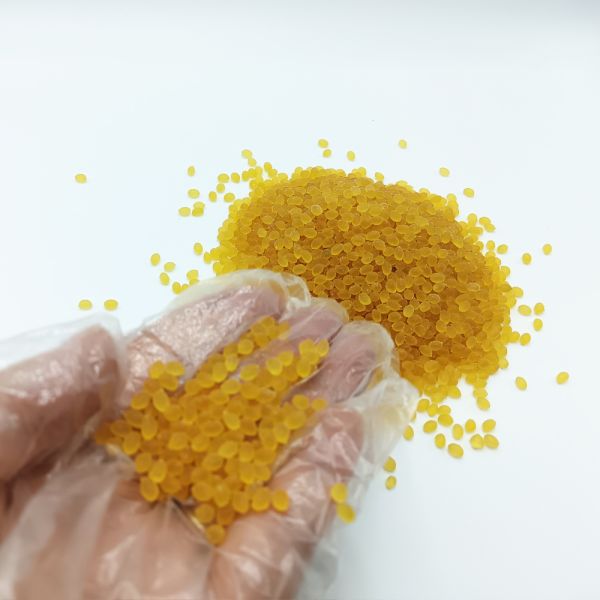Table of Contents
Benefits of Using High Viscosity Asphalt Binder in Roadway Engineering
Roadway engineering is a crucial aspect of infrastructure development, as it involves the design, construction, and maintenance of roads and highways. One key component of roadway engineering is the use of asphalt binder, which is a sticky, black, and highly viscous liquid that acts as a binding agent in asphalt mixtures. In recent years, there has been a growing trend towards using high viscosity asphalt binder in roadway engineering due to its numerous benefits.
High viscosity asphalt binder is a type of asphalt binder that has a higher viscosity than traditional binders. This means that it is thicker and stickier, which allows it to better adhere to aggregate particles and create a more durable and long-lasting pavement. One of the main benefits of using high viscosity asphalt binder is its ability to improve the overall performance of the pavement. By using a binder with higher viscosity, engineers can create a stronger and more resilient pavement that can withstand heavy traffic loads, harsh weather conditions, and other environmental factors.
Another advantage of using high viscosity asphalt binder is its ability to reduce rutting and cracking in pavements. Rutting occurs when the pavement surface becomes deformed and develops depressions due to repeated traffic loading, while cracking occurs when the pavement develops cracks due to temperature fluctuations and other factors. By using a binder with higher viscosity, engineers can create a more stable and flexible pavement that is less prone to rutting and cracking, resulting in a longer service life and reduced maintenance costs.
In addition to improving pavement performance, high viscosity asphalt binder also offers environmental benefits. By using a binder with higher viscosity, engineers can reduce the amount of asphalt needed in the pavement mixture, which can help conserve natural resources and reduce the carbon footprint of roadway construction. Furthermore, high viscosity asphalt binder can be produced using recycled materials, such as reclaimed asphalt pavement (RAP) and recycled asphalt shingles (RAS), which can further reduce the environmental impact of roadway construction.
One of the key challenges in using high viscosity asphalt binder is its higher cost compared to traditional binders. However, the long-term benefits of using high viscosity asphalt binder, such as improved pavement performance, reduced maintenance costs, and environmental benefits, often outweigh the initial cost. Additionally, advancements in technology and production methods have made high viscosity asphalt binder more cost-effective and widely available, making it a viable option for roadway engineering projects.
| Serial Number | Item |
| 1 | Asphalt Flow Modifier |

In conclusion, the use of high viscosity asphalt binder in roadway engineering offers numerous benefits, including improved pavement performance, reduced rutting and cracking, and environmental advantages. While there may be some initial cost considerations, the long-term benefits of using high viscosity asphalt binder make it a valuable investment for infrastructure development. As the demand for durable and sustainable pavements continues to grow, high viscosity asphalt binder is likely to play an increasingly important role in the future of roadway engineering.
